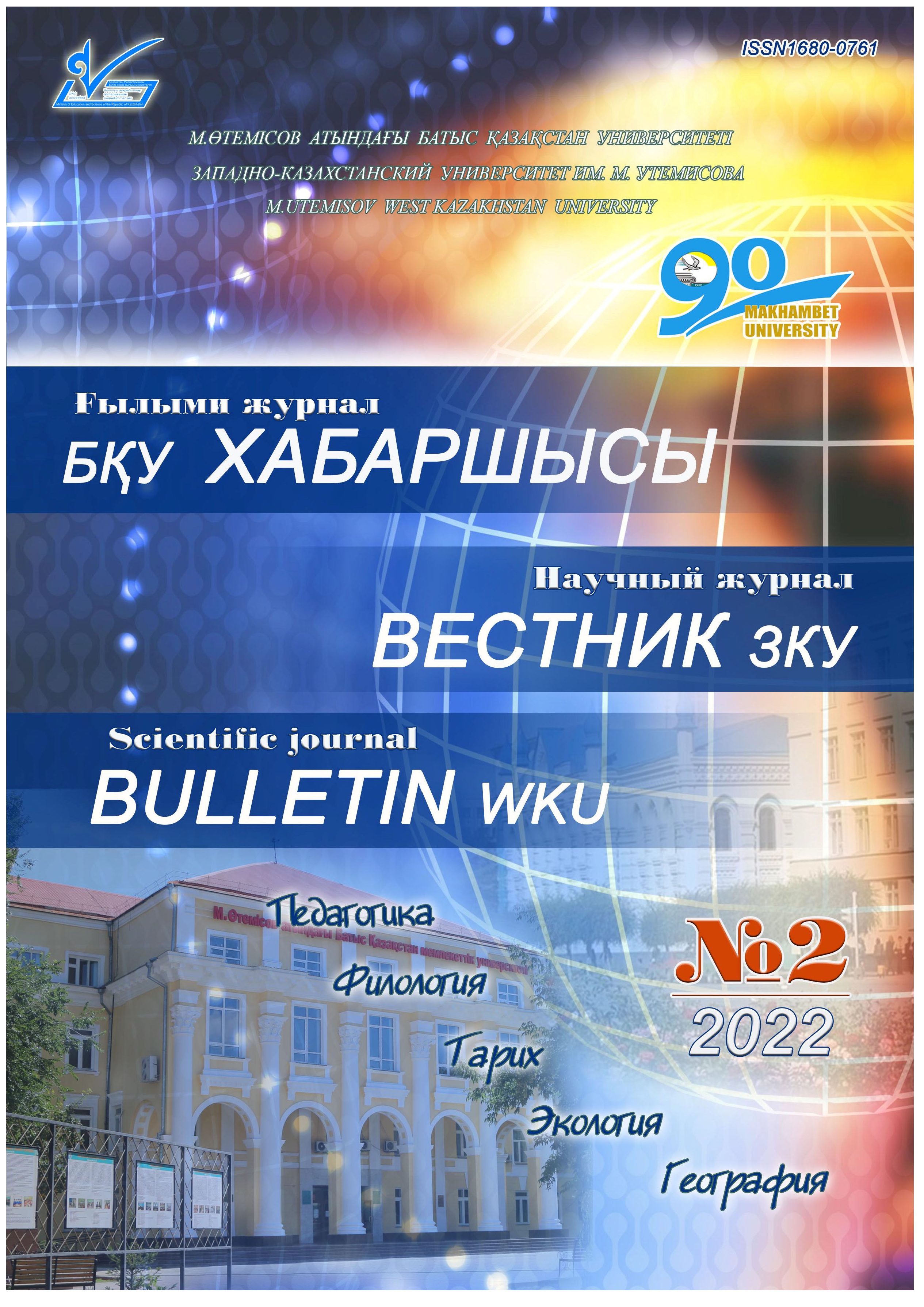INTERACTIVE RESOURCES FOR DEVELOPING SUPPORT FOR STUDENTS WITH SPECIAL EDUCATIONAL NEEDS
Аннотация
The ambiguity of development trends, the use of communicative resources and the needs of society, the child population, especially students with disabilities, are increasingly attracting public attention and scientific interest to digitalization, distance, discreteness and multiplicity of social and educational content. Corrective aspects of this register are becoming urgent. A research team from the Republic of Bashkortostan is studying the resource components of the information and technical transformation of society in relation to providing targeted support for children with disabilities and the correlating positions of these two global factors of cultural and technical progress. Both directions are evolutionarily significant for mankind, one way or another are considered in the context of the scientific interests of the collective, philosophically and methodologically substantiated and have caused considerable resonance among the scientific community and specialists. The need for personal cognitive territory, personal information technology history meets the immediate right of a child with impaired development to self-position their knowledge, to choose, control and regulate social educational tools, to the interactive nature of the learning paradigm, and corresponds to the principle of a barrier-free environment, a leading guideline in the development of targeted accompaniment of children and adults of various nosological groups.
The need for hardware reinforcement and tutor's provision of personal territory, personal interactive history in children with disabilities, and perhaps with respect to regulatory development indicators, as well as some categories of adults, is given in this aspect by the basic principles of L.S. Vygotsky - overcompensation of disorders, the affective component of learning and others.
The wide coverage of various circles of social and educational space with the participation of scientists, teachers, students, parents of disabled children, children with special educational needs, public figures allows us to observe the systemic effectiveness of the approach developed by the BashSU team and the potential for future research and implementation.



